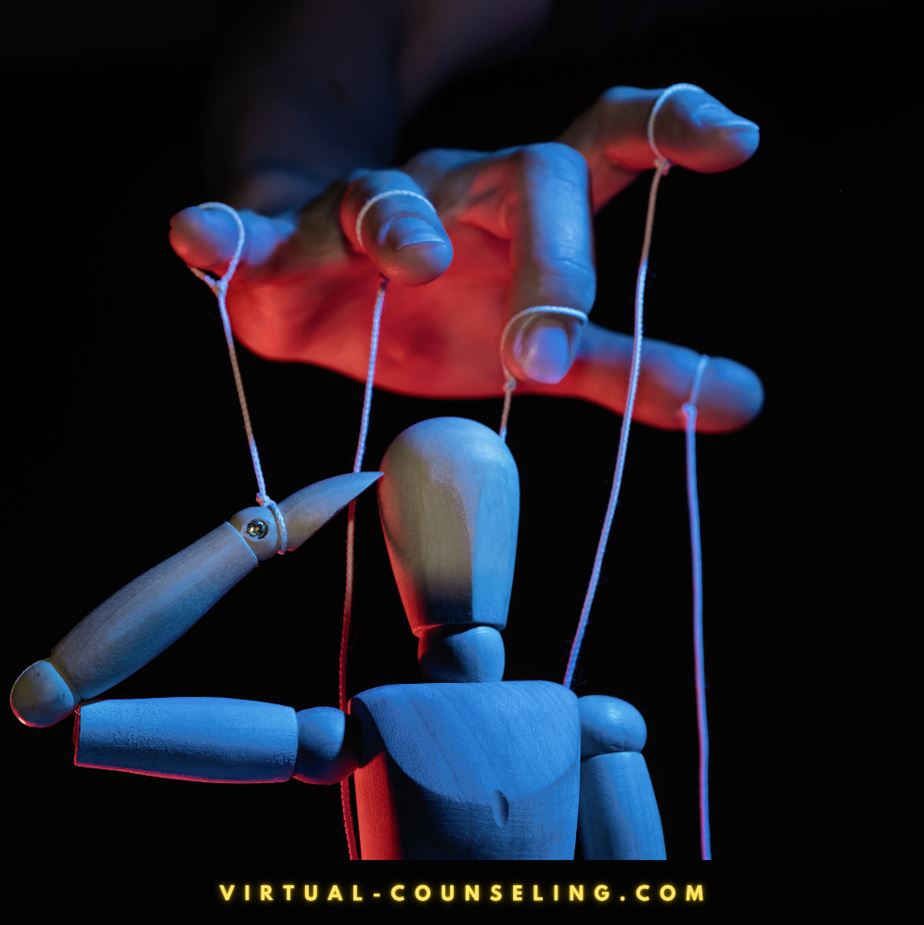Borderline Personality Disorder (BPD) is a complex and often misunderstood mental health condition. It is characterized by a pattern of instability in interpersonal relationships, self-image, and emotions. The Diagnostic and Statistical Manual of Mental Disorders (DSM-5) identifies ten classic traits of BPD that can help to identify and diagnose the disorder.
- Fear of Abandonment: One of the primary symptoms of BPD is a profound fear of abandonment. This fear can manifest in many ways, including a constant need for reassurance from others, clinginess, and a tendency to push others away before they have a chance to leave.
- Unstable Relationships: People with BPD often struggle to form and maintain stable relationships. They may idealize others at first, only to become disillusioned and push them away later on. Alternatively, they may struggle to establish healthy boundaries and end up in toxic relationships.
- Unstable Self-Image: Individuals with BPD often struggle to maintain a consistent sense of self. They may feel empty or unsure of who they are, and their self-image may change depending on the situation or the people they are with.
- Impulsive Behaviors: People with BPD often struggle with impulsivity. This may manifest as reckless behavior, such as substance abuse, binge eating, or compulsive spending. They may also engage in self-harm or other impulsive acts as a way to regulate their emotions.
- Suicidal Thoughts or Behaviors: Individuals with BPD are at a higher risk of suicidal thoughts and behaviors than the general population. This is thought to be related to the intense emotional dysregulation that is characteristic of the disorder.
- Emotional Instability: People with BPD may experience intense and rapidly changing emotions. They may feel very happy one moment and then suddenly become angry, sad, or anxious. This emotional instability can make it difficult to regulate emotions and cope with stress.
- Chronic Feelings of Emptiness: Individuals with BPD may experience a chronic sense of emptiness or a feeling of being incomplete. They may struggle to find meaning or purpose in their lives and may turn to substance abuse or other destructive behaviors to fill this void.
- Explosive Anger: People with BPD may have a quick and intense temper. They may struggle to control their anger and lash out at others inappropriately.
- Paranoid Thoughts: Individuals with BPD may struggle with paranoid thoughts and beliefs. They may be excessively mistrustful of others, believing that people are out to get them or that others are trying to harm them.
- Dissociation: People with BPD may experience episodes of dissociation, where they feel disconnected from their thoughts, feelings, and surroundings. This can be a distressing experience and may make it difficult to function in daily life.
In conclusion, BPD is a complex and challenging mental health condition that can significantly impact a person’s quality of life. The ten classic traits of BPD are useful in identifying and diagnosing the disorder, but it is essential to remember that each person’s experience of BPD is unique. With proper diagnosis and treatment, individuals with BPD can learn to manage their symptoms and lead fulfilling lives.
